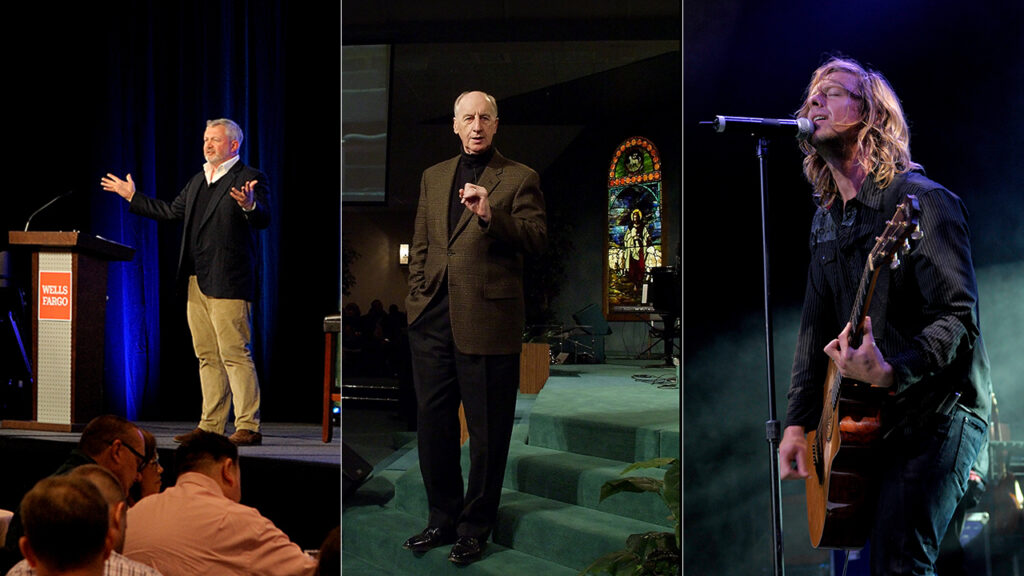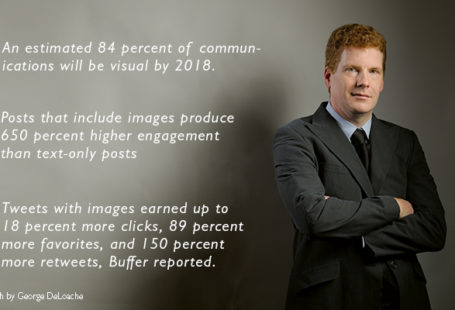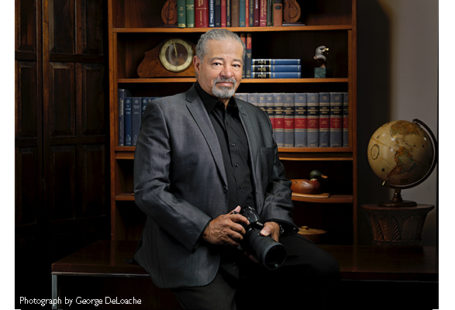
Live performances, be they a corporate award ceremony, religious service, or music concert, present a thrilling opportunity for photographers to capture dynamic moments and immortalize the essence of the event. However, photographing live performances requires a unique set of skills and considerations to ensure that you can both document the event and evoke its energy through your images. In this blog post, we will explore the major things you must know and do when photographing live performances, enabling you to deliver stunning and impactful photographs for your clients.
Understand the Event and Venue:
- Before you step into the world of live performance photography, it’s crucial to have a clear understanding of the event’s nature, tone, and schedule. Research the type of performance, its significance, and the anticipated flow of the event. Additionally, familiarize yourself with the venue, taking note of lighting conditions, stage layout, and any restrictions or guidelines you need to follow.
Plan Ahead and Communicate:
- Effective planning and communication are the cornerstones of successful live performance photography. Reach out to event organizers or key personnel in advance to discuss your role, access to specific areas, and any specific shots they may require. By establishing clear communication, you can align your vision with their expectations and ensure a smooth collaboration.
Equipment Readiness:
- When it comes to live performance photography, having the right gear is crucial. Invest in high-quality equipment that excels in low-light conditions, as many live performances take place in dimly lit venues. A camera with excellent low-light capabilities and fast lenses will enable you to capture sharp images with minimal noise. Consider carrying multiple lenses to adapt to varying shooting distances and perspectives, and don’t forget spare batteries and memory cards to avoid missing critical moments.
Master Your Camera Settings:
- To capture the essence of live performances, it’s essential to master your camera settings. Shooting in manual or semi-manual modes allows you to have precise control over exposure, shutter speed, and aperture. Adjust your ISO settings to maintain a balance between capturing enough light and minimizing noise. Experiment with different white balance settings to ensure accurate color representation. Familiarize yourself with autofocus modes to track moving subjects effectively.
Anticipate and Capture Key Moments:
- Live performances are full of fleeting and captivating moments that require anticipation and quick reflexes. Be proactive in anticipating significant moments, such as award presentations, emotional expressions, or powerful musical crescendos. Continuously scan the scene, paying attention to details, interactions, and reactions that can add depth and storytelling to your images. Keep your finger on the shutter button to capture those fleeting instances.
Respect the Atmosphere:
When photographing live performances, it’s essential to be mindful of the atmosphere and respect the event and its participants. Maintain a discreet presence, minimizing distractions, and avoid obstructing the view of the audience or interfering with the performers. Use silent shooting modes when available, and be mindful of using flash, as it may disrupt the ambiance and distract performers.
Post-Processing and Delivering Images:
- Once the live performance is over, the work doesn’t stop. Post-processing plays a vital role in enhancing the images and adding that final touch of magic. Pay attention to color correction and exposure adjustments, and fine-tune the images to bring out their best qualities while maintaining their authenticity. Deliver the final images promptly, ensuring they meet the expectations discussed with the event organizers.
Conclusion:
Photographing live performances, whether it’s a corporate award ceremony, religious service, or music concert, requires a combination of technical expertise, artistic vision,



